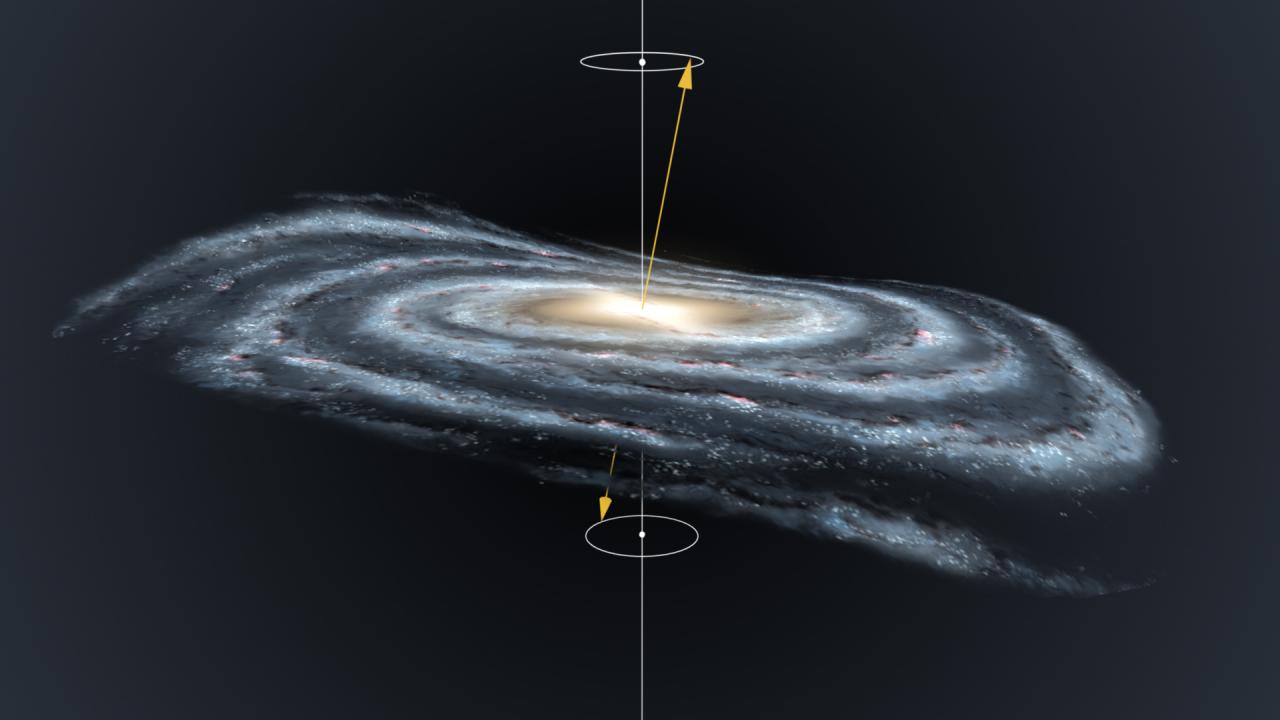James Webb telescope spots thousands of Milky Way lookalikes that 'shouldn't exist' swarming across the early universe
Thousands of disk galaxies like our own Milky Way were spotted in the early universe, where they shouldn't exist.

The James Webb Space Telescope (JWST) has found more than 1,000 galaxies mysteriously resembling our own Milky Way hiding out in the early universe.
Shaped like warped vinyls and sporting delicate spiral arms, the Milky Way doppelgangers were found by JWST more than 10 billion years into the universe's past — during a period when violent galactic mergers were thought to have made an abundance of such fragile galaxies impossible.
Yet the disk galaxies are 10 times more common in the early universe than astronomers previously thought, new research reveals. The strange discovery joins others made by the JWST that point to a deepening mystery around how large galaxies, and with them the potential for life, first bloomed in our universe. The researchers published their findings Sept. 22 in The Astrophysical Journal.
Related: James Webb telescope finds potential signature of life on Jupiter's icy moon Europa
"For over 30 years it was thought that these disk galaxies were rare in the early universe due to the common violent encounters that galaxies undergo," lead study author Leonardo Ferreira, an astronomer at the University of Victoria in Canada, said in a statement. "The fact that JWST finds so many is another sign of the power of this instrument and that the structures of galaxies form earlier in the universe, much earlier in fact, than anyone had anticipated."
Most theories of galaxy formation begin 1 billion to 2 billion years into the universe's life, by which time the earliest clusters of stars were thought to have morphed into dwarf galaxies. These dwarf galaxies subsequently began cannibalizing each other, sparking a free-for-all of violent galactic mergers that (after 10 billion years) resulted in large galaxies like our own.
The Milky Way is a disk galaxy. With its spiral arms and squashed sombrero shape, it is one of the most common types of galaxy in today's universe. However, during the universe's early years — when the cosmos was more cramped and dwarf galaxies swarmed — astronomers long-assumed that galaxies like our own would be quickly twisted out of shape.
Get the world’s most fascinating discoveries delivered straight to your inbox.
Yet by using the JWST to peer from 9 billion up to 13 billion years into the past, the astronomers discovered that, out of the 3,956 galaxies they had spotted, 1,672 were disk galaxies like our own. Many of these galaxies existed when the universe was just a few billion years old.
"Using the Hubble Space Telescope we thought that disk galaxies were almost non-existent until the universe was about 6 billion years old," study co-author Christopher Conselice, a professor of extragalactic astronomy at the University of Manchester, said in the statement. "These new JWST results push the time these Milky Way–like galaxies form to almost the beginning of the universe."
"This implies that most stars exist and form within these galaxies which is changing our complete understanding of how galaxy formation occurs," he added. "Based on our results astronomers must rethink our understanding of the formation of the first galaxies and how galaxy evolution occurred over the past 10 billion years."
Our own existence in a disk galaxy means that astronomers usually assume they must have good conditions for sparking life. If that’s the case, it’s possible that life could have started earlier in the universe than first thought.

Ben Turner is a U.K. based writer and editor at Live Science. He covers physics and astronomy, tech and climate change. He graduated from University College London with a degree in particle physics before training as a journalist. When he's not writing, Ben enjoys reading literature, playing the guitar and embarrassing himself with chess.


